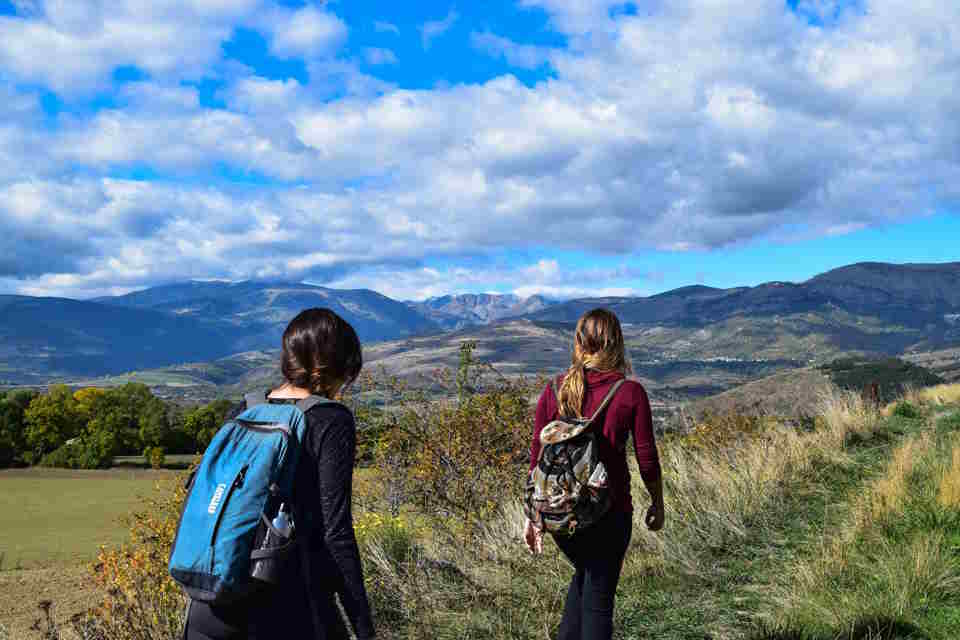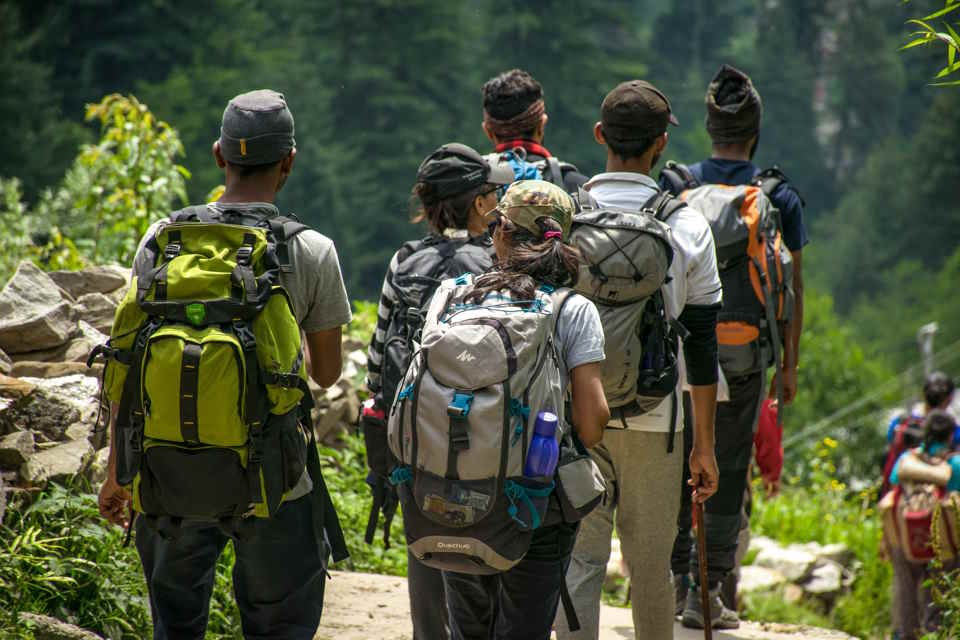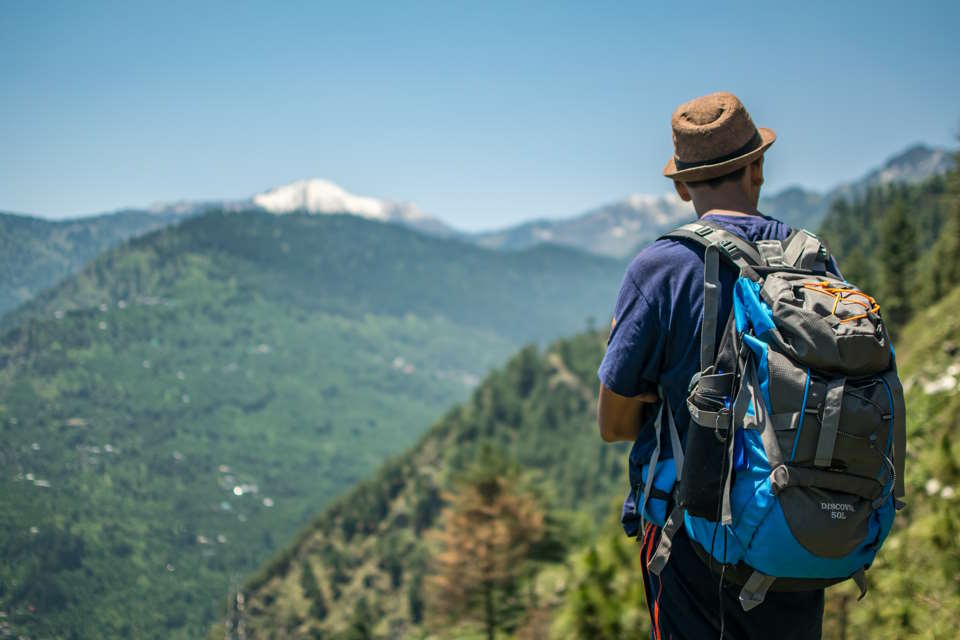Hiking in the great outdoors can be an exhilarating and peaceful experience, but it’s important to be aware of potential dangers, such as encountering a rattlesnake. While these encounters are rare, knowing how to handle a rattlesnake bite can be crucial in a life-threatening situation. In this blog post, we will discuss what to do if you or someone you’re hiking with is bitten by a rattlesnake. We’ll cover how to recognize a rattlesnake bite, the importance of seeking immediate medical attention, and the proper steps for applying first aid. Additionally, we’ll discuss common pitfalls to avoid when dealing with a rattlesnake bite and provide tips for preventing future encounters with these venomous reptiles. Stay tuned to learn how to stay safe while enjoying the great outdoors.Learn to recognize, seek medical attention, apply first aid for rattlesnake bites. Avoid pitfalls and prevent future encounters. Expert advice for snake bite emergencies.
Recognizing A Rattlesnake Bite

Recognizing a rattlesnake bite is crucial in order to seek immediate medical attention. While it is important to stay calm, it is also important to be able to identify the symptoms of a rattlesnake bite. One of the most common signs of a rattlesnake bite is severe pain and swelling at the site of the bite. This can be accompanied by redness and bruising. In some cases, fang marks may also be visible.
It is important to note that not all rattlesnake bites result in the characteristic snake fang marks, as some bites may only cause minor puncture wounds. Other symptoms of a rattlesnake bite may include nausea, vomiting, and difficulty breathing. In severe cases, a rattlesnake bite can lead to shock and loss of consciousness.
If you or someone you are with is exhibiting any of these symptoms after a possible rattlesnake bite, it is important to seek immediate medical attention. Time is of the essence when it comes to treating a rattlesnake bite, so do not delay seeking help.
Do not attempt to drive yourself to the hospital, as this can lead to further complications. Instead, call for emergency medical services or have someone else drive you to the nearest hospital or urgent care facility. By recognizing the symptoms of a rattlesnake bite and seeking prompt medical attention, you can greatly increase the chances of a positive outcome.
Seeking Immediate Medical Attention

When someone is bitten by a rattlesnake, seeking immediate medical attention is crucial. It is important to find the closest hospital or medical facility as soon as possible, as rattlesnake bites can be life-threatening if not treated promptly.
Upon arriving at the medical facility, it is important to inform the healthcare providers of the rattlesnake bite and provide as much detail as possible about the incident. This information will help the medical staff determine the best course of treatment.
Once at the hospital, the healthcare providers will likely administer antivenom to counteract the effects of the rattlesnake venom. It is important to closely follow the instructions of the medical staff and provide any necessary information about the rattlesnake and the bite.
After receiving initial treatment for the rattlesnake bite, it is important to closely monitor the individual for any signs of adverse reactions or complications. If any symptoms arise, it is crucial to seek further medical attention immediately.
Applying First Aid

When it comes to applying first aid after a rattlesnake bite, it is important to act quickly and efficiently. The first step is to call for emergency medical assistance. The next step is to keep the victim as calm and still as possible to slow down the spread of venom. It’s crucial to remove any tight clothing or accessories near the bite area to prevent further swelling.
Once emergency medical help is on the way, it’s important to clean the bite area with soap and water. Avoid using a tourniquet or attempting to suck out the venom, as these methods could do more harm than good. Instead, apply a clean, sterile bandage and elevate the affected limb to reduce swelling. It’s also important to ensure the victim is lying down with the affected limb at the level of the heart to slow down the venom’s spread.
Monitor the victim’s vital signs and be prepared to perform CPR if necessary. Avoid giving the victim anything to eat or drink, as this could also exacerbate the effects of the venom. Remember to reassure the victim to keep them calm and focused while waiting for medical help to arrive.
Remember, applying first aid after a rattlesnake bite can make a significant difference in the victim’s recovery. Acting quickly and following these steps could help minimize the effects of the venom and improve the victim’s chances of a full recovery.
Avoiding Common Pitfalls

When it comes to avoiding rattlesnake bites, there are a few common pitfalls that people should be aware of. One of the most important things to remember is to avoid trying to capture or handle a rattlesnake, even if it appears to be dead. Many people have been bitten when they assumed a snake was dead and attempted to move it. It’s crucial to remember that a rattlesnake can still deliver a venomous bite even after it has been killed. Therefore, it’s best to keep a safe distance and call a professional wildlife removal service if a rattlesnake is spotted in or around your home.
Another common mistake that people make is not wearing appropriate footwear when hiking or walking in areas known to be inhabited by rattlesnakes. Wearing sturdy, closed-toe shoes or boots can greatly reduce the risk of a snakebite. Additionally, using a walking stick or trekking poles can help alert snakes to your presence, giving them a chance to slither away before you get too close.
Furthermore, it’s essential to be cautious and alert in areas where rattlesnakes are known to reside. This includes carefully checking the area around you before sitting down or reaching into bushes or tall grass. Rattlesnakes are known for blending in with their surroundings, so it’s crucial to be vigilant at all times.
Lastly, one common pitfall that people fall into is not educating themselves on the signs and symptoms of a rattlesnake bite. Knowing how to recognize a bite and how to seek immediate medical attention can be life-saving. It’s important to familiarize yourself with the appearance of a rattlesnake bite, as well as the appropriate first aid measures to take in the event of a bite.
Preventing Future Encounters

Preventing future encounters with rattlesnakes is essential for your safety and well-being. One important step to take is to familiarize yourself with the habitats and behaviors of rattlesnakes. These snakes prefer dry, rocky terrain, so be cautious when hiking or camping in these areas. Keep in mind that rattlesnakes are most active during the warmer months, so be especially vigilant during this time.
Another crucial way to prevent future encounters is to wear appropriate clothing and footwear. When spending time outdoors in rattlesnake territory, opt for long pants and sturdy boots to protect yourself from potential bites. Additionally, using a flashlight when walking in dimly lit areas can help you spot any hidden snakes before it’s too late.
Furthermore, make sure to keep an eye on your pets, as they can also fall victim to rattlesnake bites. If you live in an area known for rattlesnakes, consider enrolling your pets in a rattlesnake avoidance training course to reduce the risk of encounters.
Lastly, always be cautious and aware of your surroundings when spending time in rattlesnake territory. Stay on marked paths, avoid reaching into areas you can’t see, and be mindful of where you place your hands and feet. By taking these preventative measures, you can greatly reduce the likelihood of encountering a rattlesnake in the wild.




